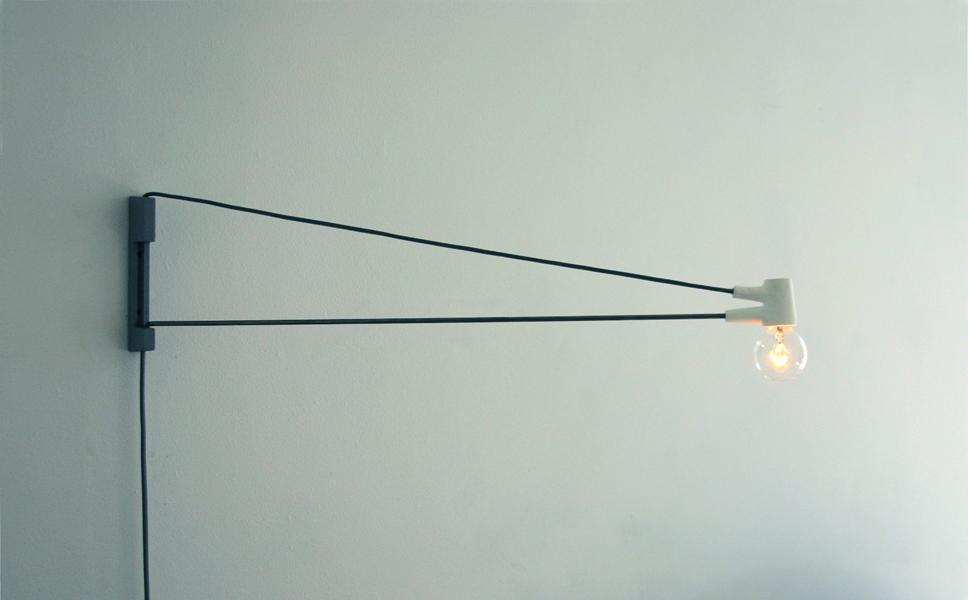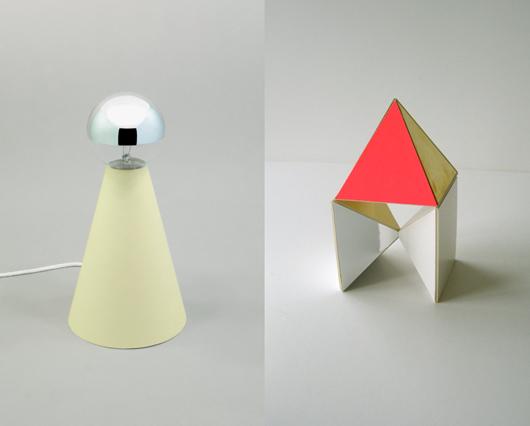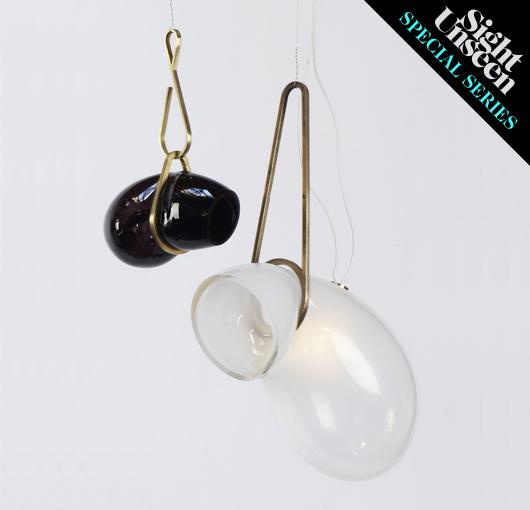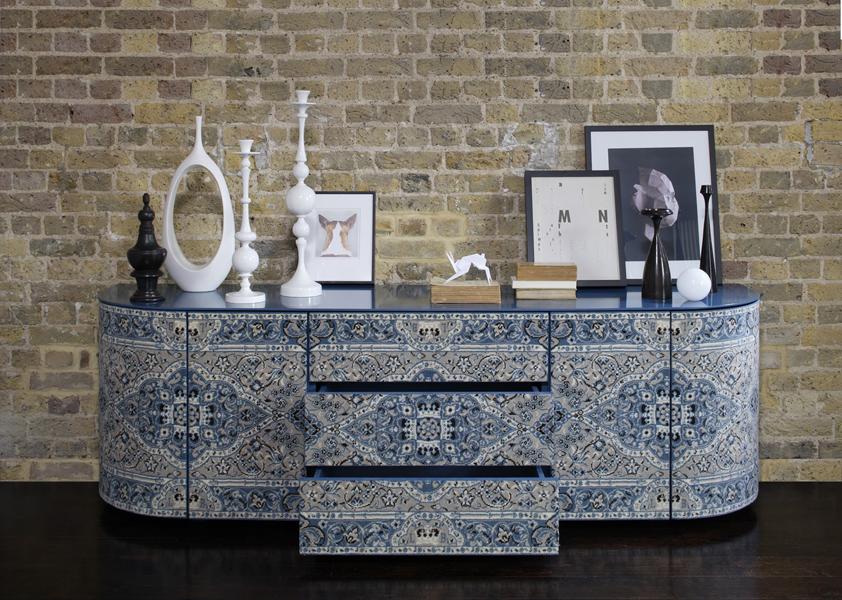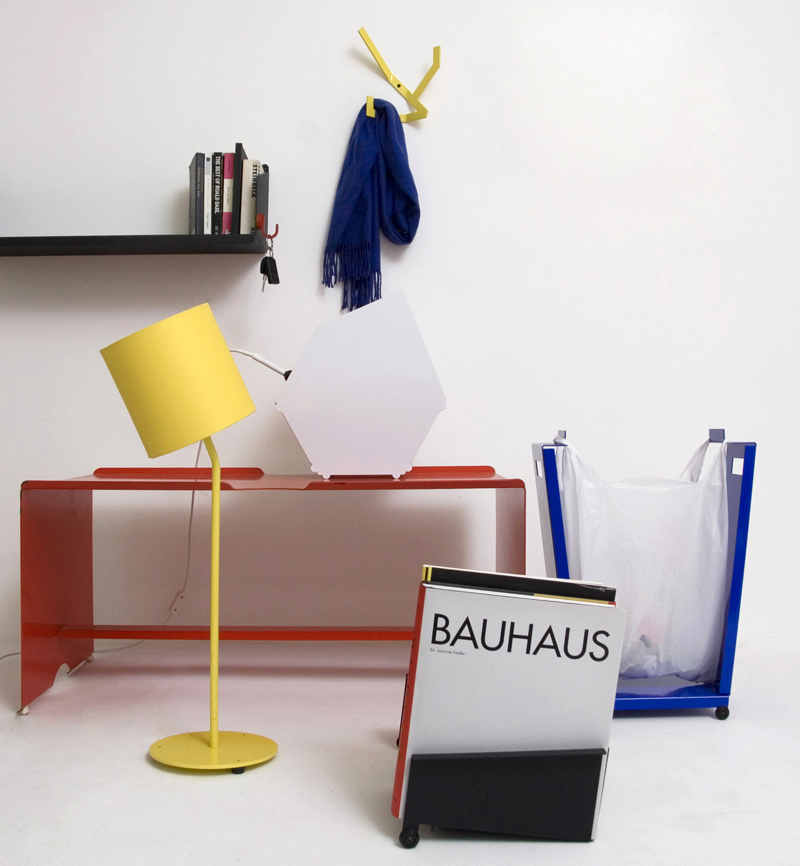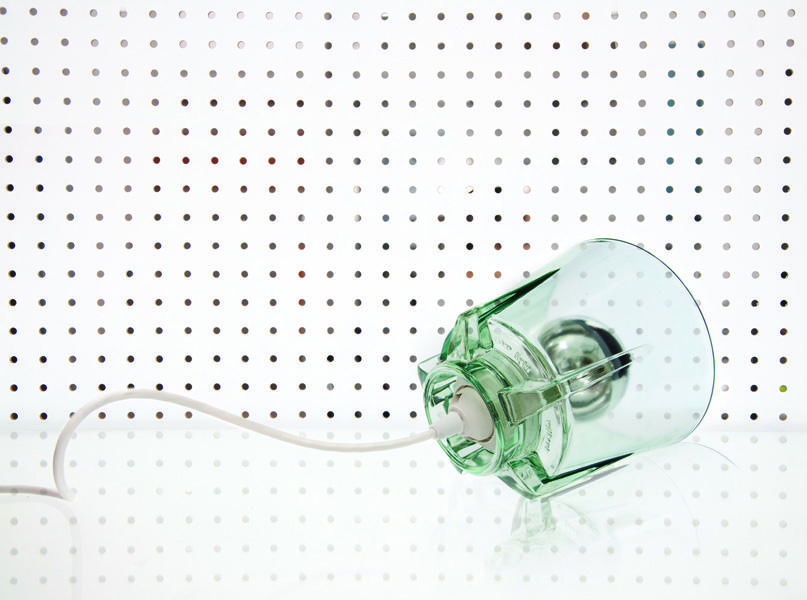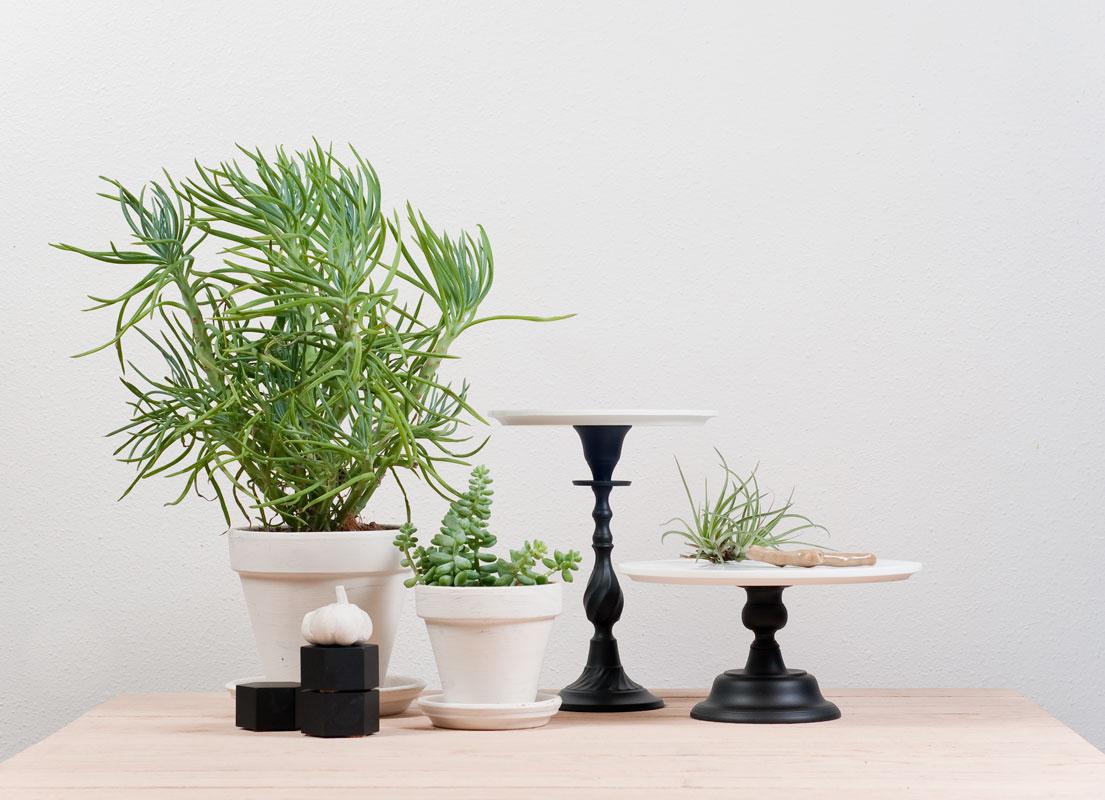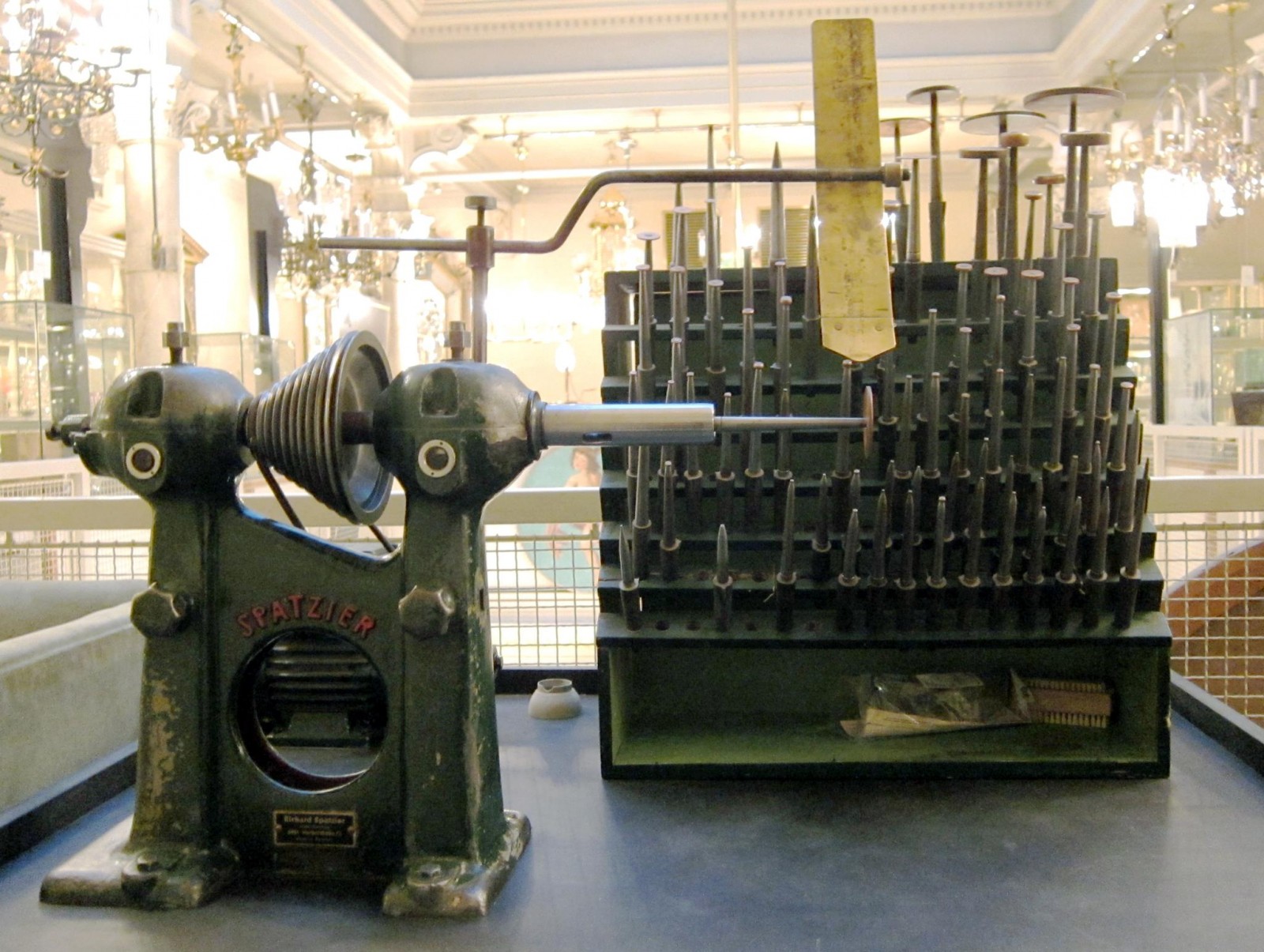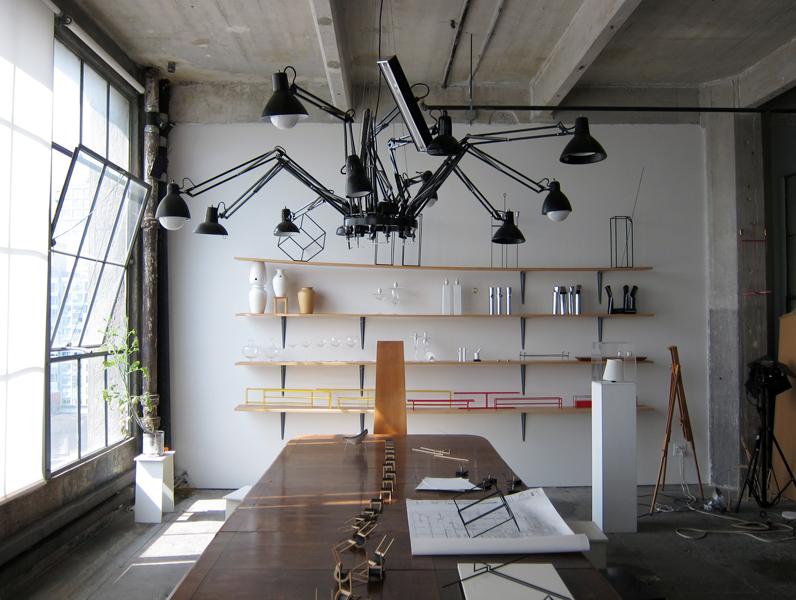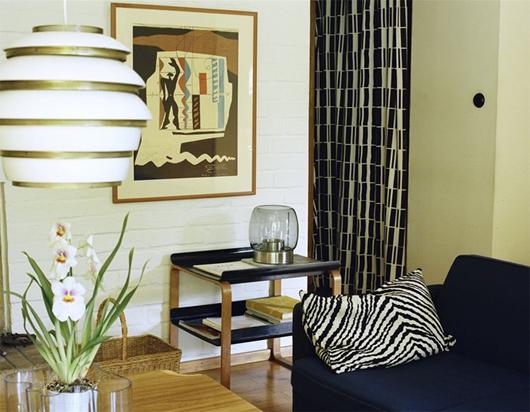
09.09.11
Sighted
New Finnish Designs in Aalto’s House, on Nowness.com
Sighted today on Nowness, a post celebrating the opening of Helsinki Design Week — and the year of design events taking place in the Nordic capital in 2012 — with a photo essay featuring contemporary furniture and lighting by eight established and up-and-coming Finnish designers, shot inside Alvar Aalto's house. Located in the Munkkiniemi neighborhood of Helsinki, the meticulously preserved home provides the perfect backdrop for work created by a generation of designers who, living in such a tiny country, must all inevitably feel the influence of Aalto's outsized legacy — visually speaking, the project also reminded us of our favorite installation at the 2010 Milan Furniture Fair, when contemporary furniture was inserted into the hallowed rooms of Piero Portaluppi's Villa Necchi Campiglio. The Nowness story was beautifully shot by the young French photographer Estelle Hanania, and we've excerpted half of those images here.
